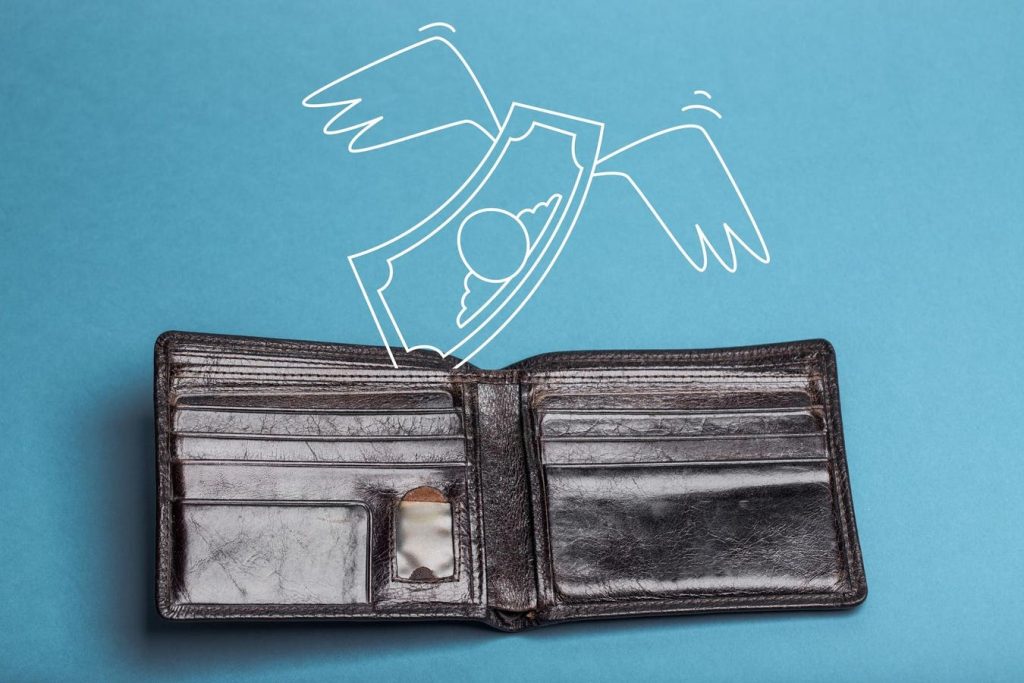Consumer credit delinquencies have been on the rise, with young adults particularly affected. Data from the Federal Reserve Bank of New York shows that Americans collectively owe $1.12 trillion in credit card debt, with 8.9% of credit balances falling into delinquency over the past year. A concerning trend is the emergence of approximately $46 billion in “phantom debt” generated by Buy Now, Pay Later (BNPL) schemes, which is a major factor behind the rising delinquency rates.
Industry experts have been concerned about the issue of phantom debt for some time now, advocating for stricter regulation. The risk posed by BNPL transactions often goes unreported, imposing a significant but unnoticed financial burden on consumers. This hidden debt can make it easier for consumers to make purchases without fully understanding the implications, leading to higher delinquency rates. With the current economic climate of rising inflation and interest rates, financial pressures are intensifying, prompting banks to tighten their lending criteria and compounding challenges for consumers.
In response to these challenges, the Consumer Financial Protection Bureau (CFPB) has issued a new interpretive rule that redefines BNPL lenders as comparable to credit card providers. The goal is to extend similar protections to consumers, ensuring better management of BNPL operations and alignment with traditional credit card industry standards. The rule clarifies BNPL services as credit, provides consumers with rights on disputes and refunds, and outlines obligations for BNPL lenders to enhance transparency and accountability.
Credit card-linked installment plans are becoming increasingly popular for large purchases, offering a safer and more sustainable way to spread out payments. These plans are particularly appealing to higher-income consumers who want to buy more with 0% card-linked installments. By using existing credit lines issued by card issuers, there is no need for new loans, reducing the risks of additional debt with high APRs.
The intersection of credit card debt and BNPL phantom debt is creating significant pressure on vulnerable Gen Z consumers. Regulatory actions by agencies like the CFPB and the shift toward more transparent card-linked installments are crucial in guiding the future of consumer credit towards stability and trust. As the industry evolves, all stakeholders must understand the nuances of different credit types and their impact on personal financial health. With one in seven Gen Z consumers already maxing out their credit cards, the demand for improved financial literacy and stronger consumer protections is greater than ever.


